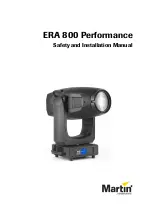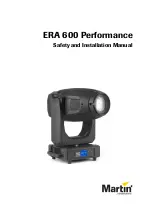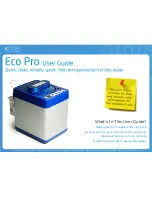
24
6 S
TEP
5
–
D
OOR
I
NTERLOCK ALIGNMENT
While we do are best to align all doors and interlocks at initial assembly, they may need
adjustment from the final assembly on site or simply need adjustment overtime. There are
several adjustment points which will be highlighted in this section. Please note that if the
interlocks are not alignment correctly the machine cannot be activated which is the safest
situation.
The main adjustment point is the
“Door Interlock Plate” as identified in Figure 44 Door Interlock
Plate There are two 5mm Allen key screws that can be loosened to adjust the plate and slide
it forward or back.
The aim is to have the door interlock plate as far back from doors as possible. This is to ensure
that when you close the doors and activate the machine the door interlock stays engaged if
you were to try and open the doors. If the door interlock is too loose and you try to open the
doors you may disengage the interlock and put the machine into a reset state.
Figure 44 Door Interlock Plate
It can be seen from our alignment picture in Figure 45 there is a gap present between the
interlock key and the actual interlock itself. This is ok.
You should test your door alignment with the UCCNC diagnostic screen as per Figure 43.
Testing should consist of opening and closing doors and checking the
“E-Stop” LED is
highlighted green when doors are open. Close the doors and undo the reset condition which
should lock the doors and try to manually open them. If you can open the doors, the interlock
plate is too loose and needs to be moved back further away from the doors.
Summary of Contents for CNC Series
Page 1: ...1 BG Precision Date 28 July 2019 Axiom CNC Safety Enclosure Assembly Manual ...
Page 5: ...5 ALUMINIUM PROFILE ASSEMBLY HINTS ...
Page 26: ...26 7 APPENDIX 1 ENCLOSURE DIMENSIONS ...
Page 27: ...27 ...
Page 28: ...28 8 APPENDIX 2 ENCLOSURE COMPONENTS ...
Page 29: ...29 ...






































